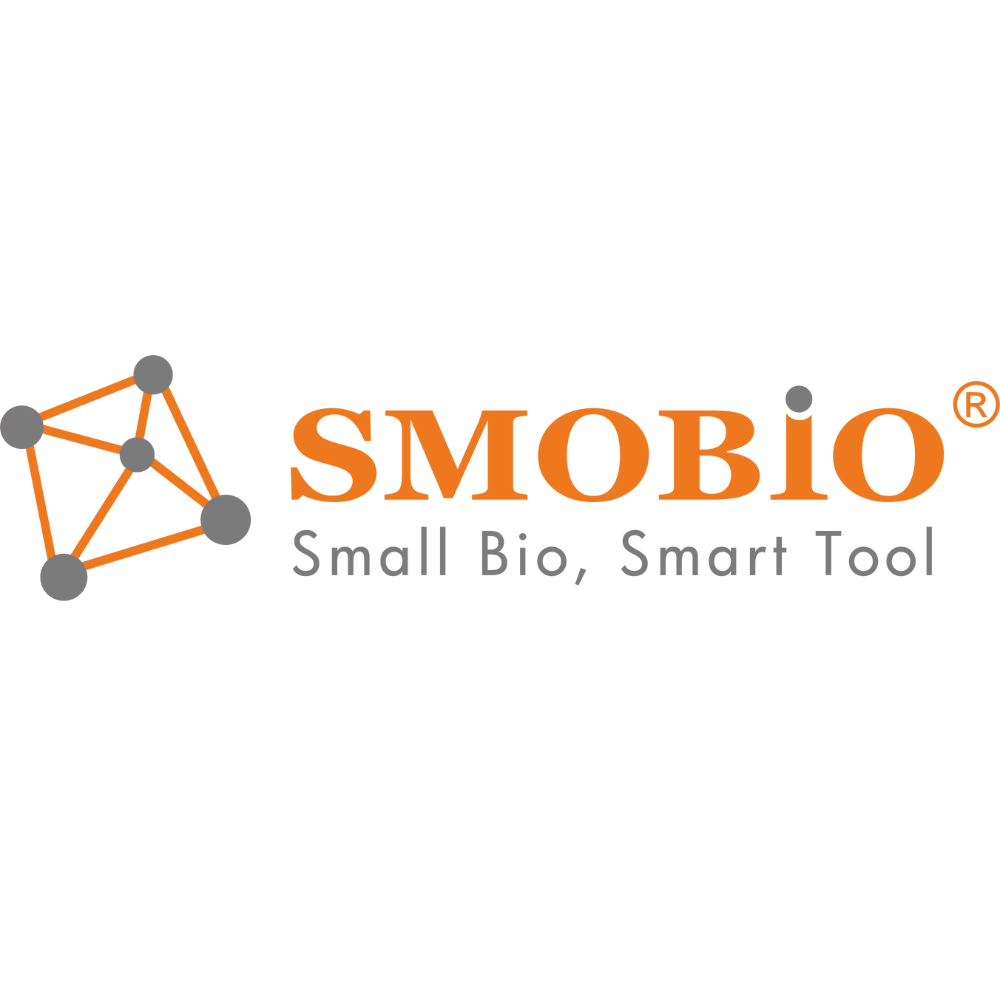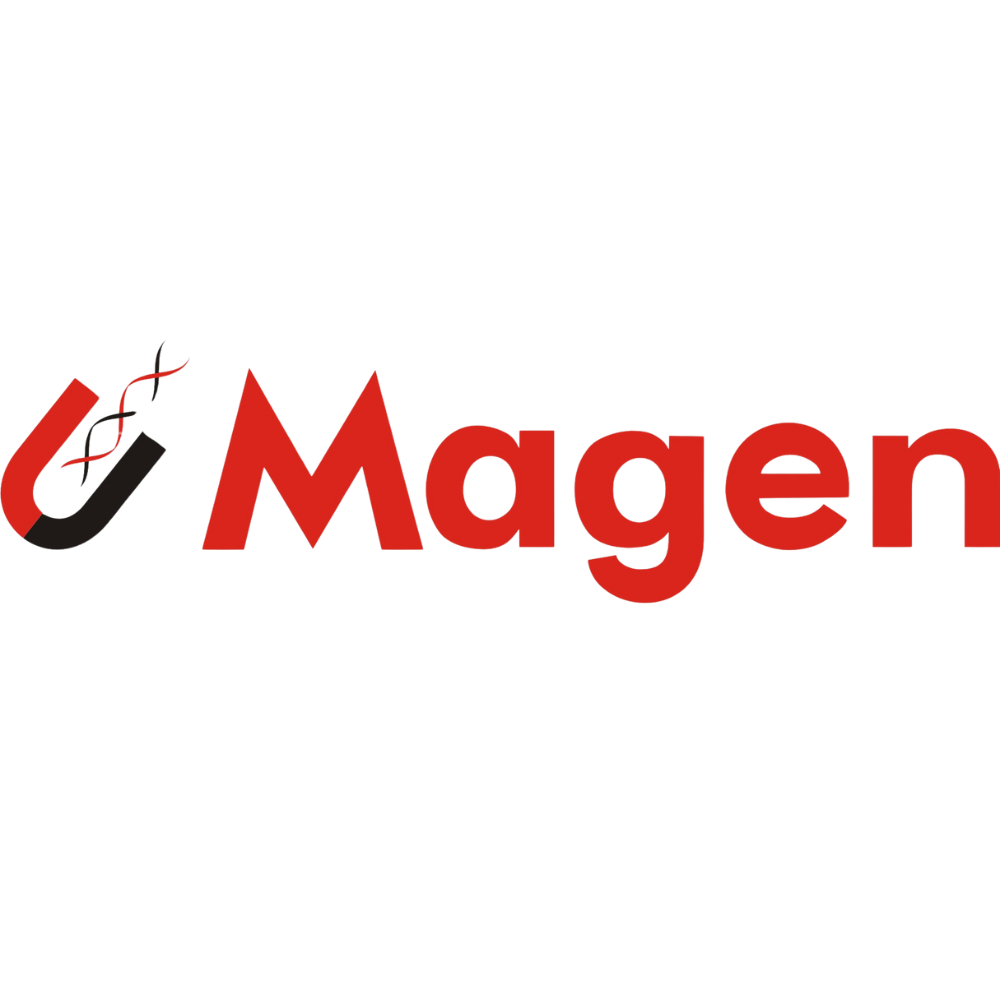Welcome to
A3P SCIENTIFIC
Fast and responsible for customer success
A3P (ATP) acts as a powerhouse of energy, driving transformation and innovation, enabling new and better possibilities for growth and advancement.


















Authorized distributor
3CR Bioscience Limited’s patented genotyping chemistry, PACE, is the latest in allele-specific chemistry. It provides consistent results.
Propargyl-PEG4-5-nitrophenyl carbonate
Propargyl-PEG4-5-nitrophenyl carbonate is heterobifunctional reagent with a propargyl group and nitrophenyl group. The propargyl group enales the formation of triazole linkage with azide compounds or biomolecules via copper catalyzed Click Chemistry. Nitrophenyl group is reactive towards the amino group of lysine by means of stable urethane linkages. The PEG units enhance the solubility of the molecule in aqueous media. Reagent grade, for research purpose. Please contact us for GMP-grade inquiries.

Propargyl-PEG4-5-nitrophenyl carbonate is heterobifunctional reagent with a propargyl group and nitrophenyl group. The propargyl group enales the formation of triazole linkage with azide compounds or biomolecules via copper catalyzed Click Chemistry. Nitrophenyl group is reactive towards the amino group of lysine by means of stable urethane linkages. The PEG units enhance the solubility of the molecule in aqueous media. Reagent grade, for research purpose. Please contact us for GMP-grade inquiries.
Flex Temperature Module Caddy and Calibration Adapter

The Flex caddy allows the Temperature Module GEN2 to be installed on the Opentrons Flex deck and sit below the deck, enabling below-deck cable routing and labware placed on top of modules to remain closer to the deck surface. The calibration adapter is used to calibrate the location of the Temperature Module. Caddies and calibration adapters are specific to the type of module.
Note: This item does not include the Temperature Module. The module is available with or without the Flex Caddy and Calibration tool: Temperature Module GEN2
The Flex caddy allows the Temperature Module GEN2 to be installed on the Opentrons Flex deck and sit below the deck, enabling below-deck cable routing and labware placed on top of modules to remain closer to the deck surface. The calibration adapter is used to calibrate the location of the Temperature Module. Caddies and calibration adapters are specific to the type of module.
Note: This item does not include the Temperature Module. The module is available with or without the Flex Caddy and Calibration tool: Temperature Module GEN2
TCO-PEG2-DBCO
TCO-PEG2-DBCO is a short PEG linker featuring a trans-cyclooctene and a DBCO group. DBCO is a click chemistry handle which easily reacts with azides, while the TCO function readily reacts with tetrazine-containing compounds.

TCO-PEG2-DBCO is a short PEG linker featuring a trans-cyclooctene and a DBCO group. DBCO is a click chemistry handle which easily reacts with azides, while the TCO function readily reacts with tetrazine-containing compounds.
Echinococcus granulosus – IgG ELISA

Name of Product
Echinococcus granulosus – IgG ELISA
Catalog Number
AF 9350
Short Info
This ELISA kit is intended for the quantitative detection of IgG antibodies against Echinococcus granulosus (and Echinococcus multilocularis) in human serum.
This product is manufactured by Bordier Affinity Products in Switzerland and distributed in Germany exclusively by Milenia Biotec.
Method/Platform
ELISA in microplate format
Range/Assay Sensivity
pNPP, λ=405 nm
Test Principle
Specific antibodies in the sample bind to Echinococcus granulosus Antigens sensitized on microtiter plates. The presence of parasite specific antibodies is detected with a Protein A – alkaline phosphatase conjugate.
12 x 8 strips (96 tests)
This ELISA kit is intended for the quantitative detection of IgG antibodies against Echinococcus granulosus (and Echinococcus multilocularis) in human serum.
This product is manufactured by Bordier Affinity Products in Switzerland and distributed in Germany exclusively by Milenia Biotec.
Benzoic Acid Detection Kit

Description
The Benzoic Acid Detection Kit provides a rapid, simple, sensitive, and reliable test suitable for screening of Benzoic Acid concentration.
Benzoic Acid is a white solid that is an extensively used preservative. Although this preservative prevents or delays nutritional losses due to microbiological, enzymatic or chemical changes of foods during its shelf life there is a suspicion that small amounts of benzene may be formed from benzoic acid in nonalcoholic beverages in the presence of ascorbic acid. Benzoic acid and ascorbic acid are food additives which must be declared on the food. Benzoic acid or E 210 is a preservative which also occurs naturally, for instance, in cranberries. A maximum amount of 150 mg/l benzoic acid may be added to non-alcoholic flavored beverages.
Highly Sensitive Assay to Screen for Benzoic Acid
Visual Readout (sample dependent: milk, red/pink)
Detection range of 1ppm to 1500ppm
Tube or Plate based options available
Compatible with the Nix Sensor or plate readers to obtain quantitative results.
Our valued customer






Our Team
Our sales team is comprised of knowledgeable and experienced individuals in the field of science, who are committed to service, honesty, and responsibility. We strive to ensure that our customers receive unparalleled service that they won’t find anywhere else. We want our customers to feel confident that we will provide them with the very best service possible.

TANATHORN VITISANT
Sales manager
Phone : 081-875-1869
Email : [email protected]
Line id : @a3p-scientific

NUCHANAT JANPRAPAS
Area Sales Manager
Phone : 099-263-6624
Email : [email protected]
Line id : belongkong

NANTASAK SRISUWAN
Area Sales Manager
Phone : 094-562-5914
Email : [email protected]
Line id : north6906295
News Letter
Subscribe to our newsletter to get the latest
updates on missions projects & initiatives.


